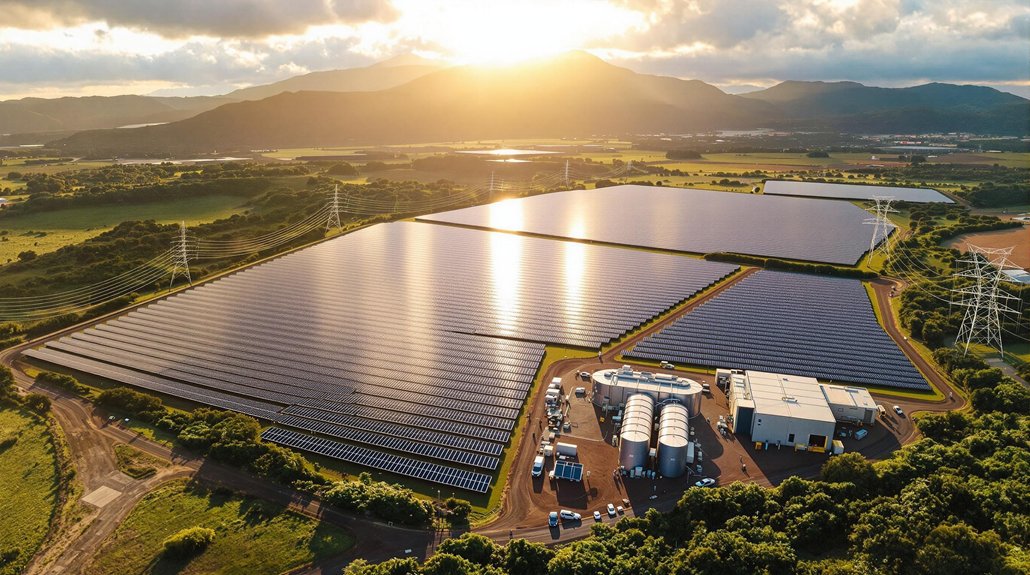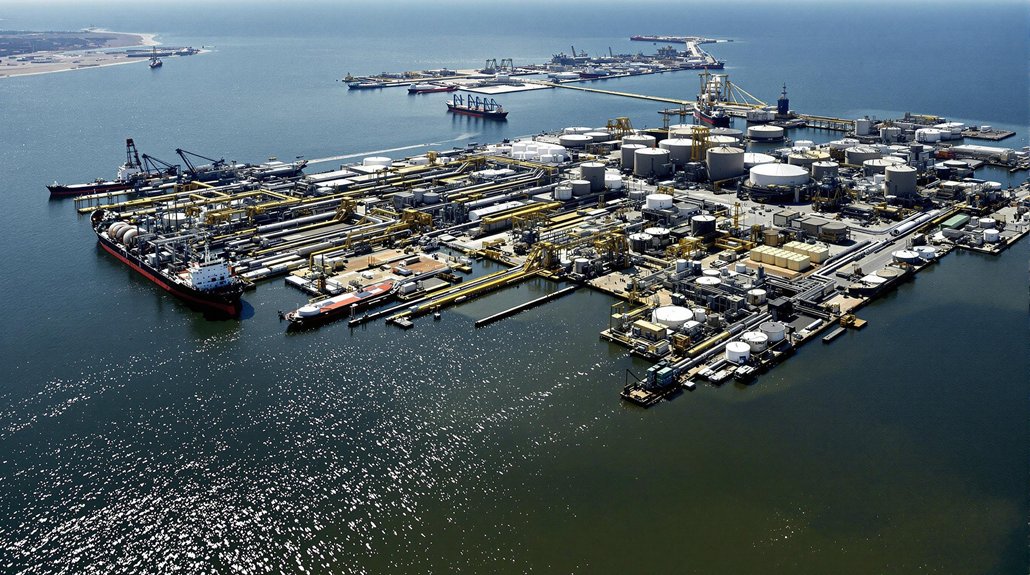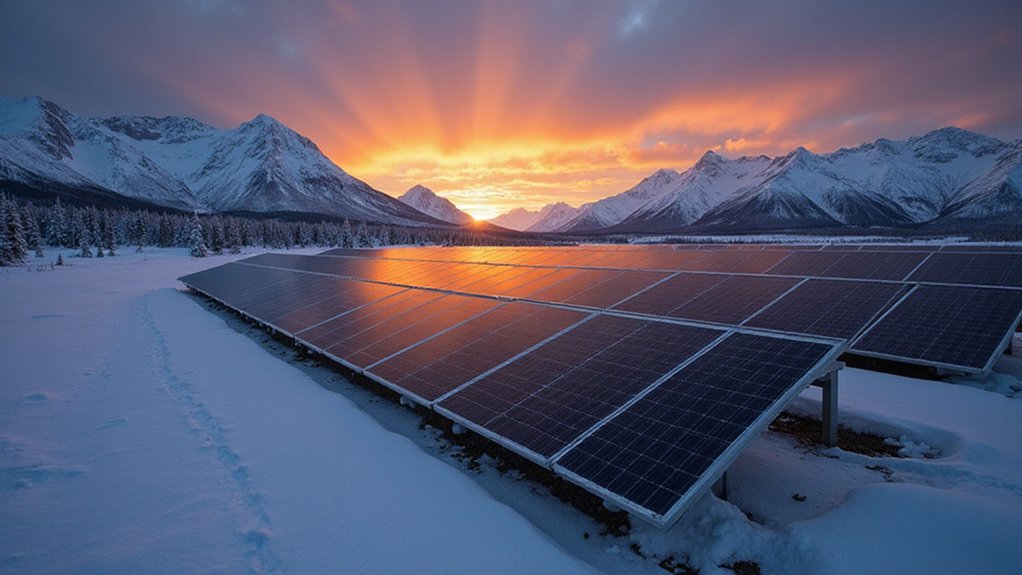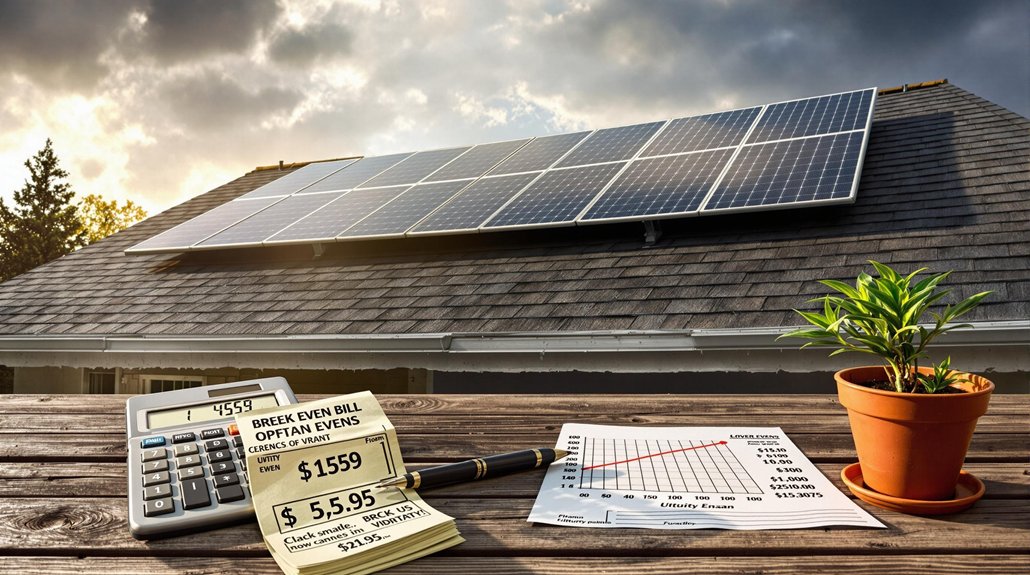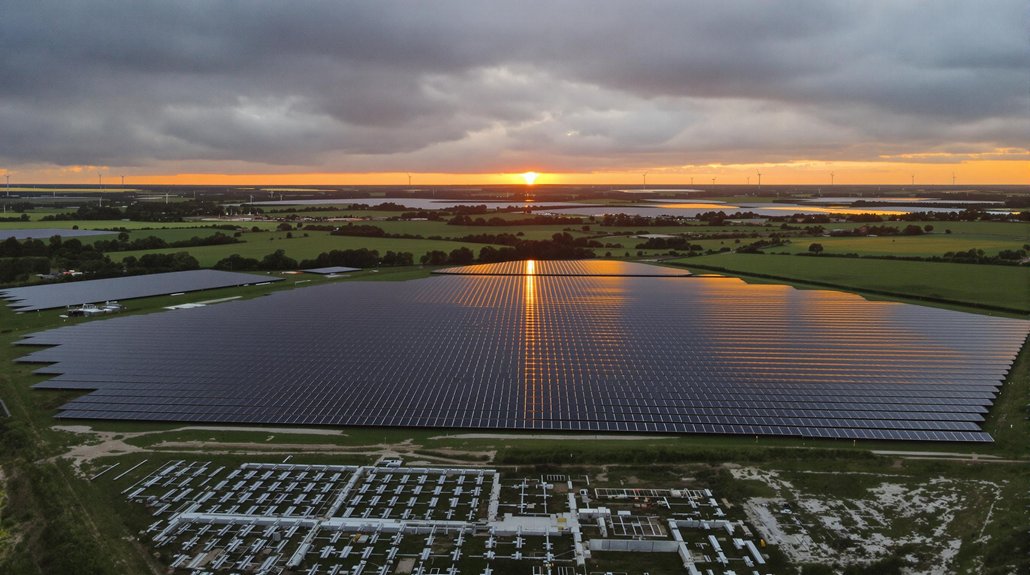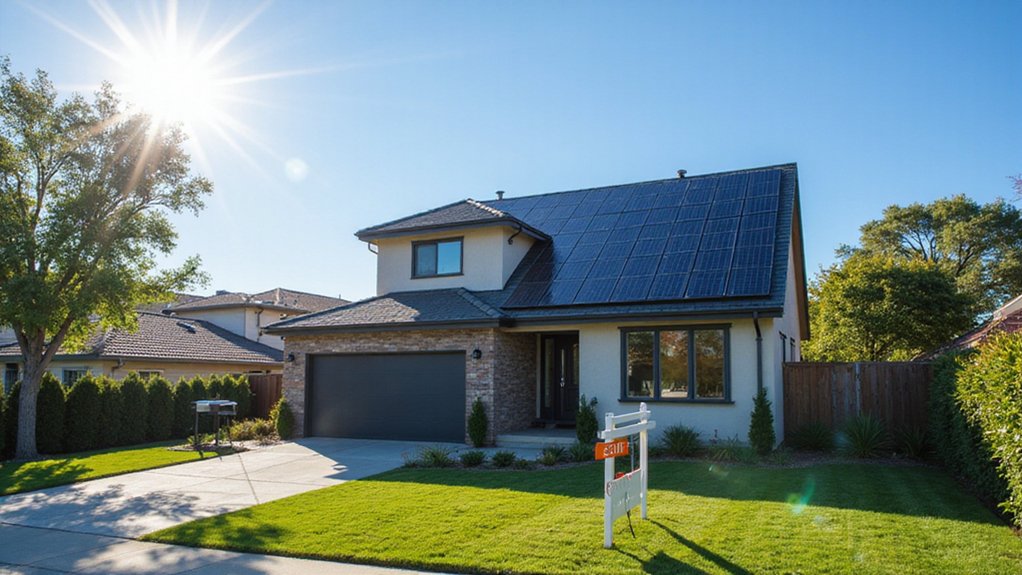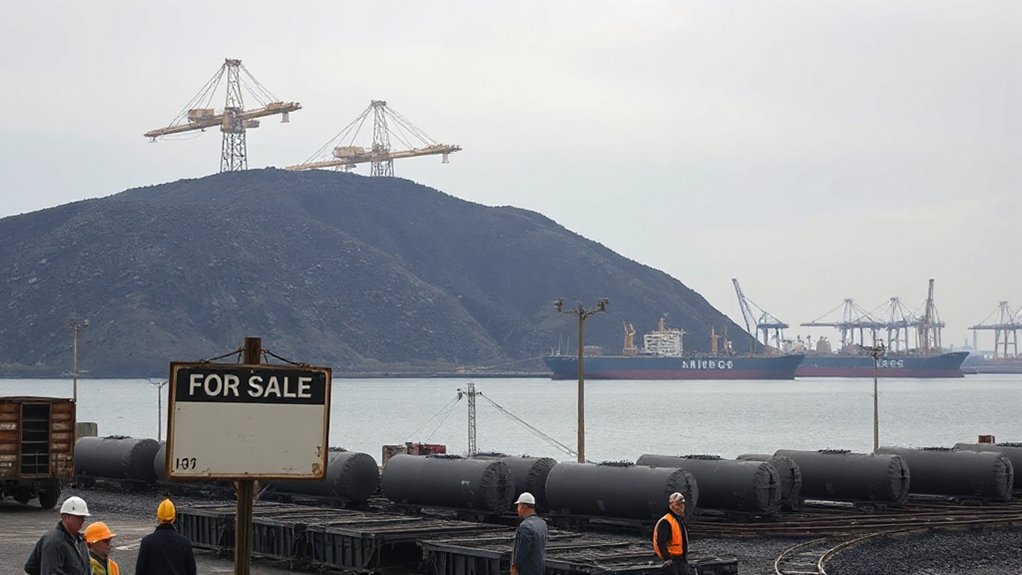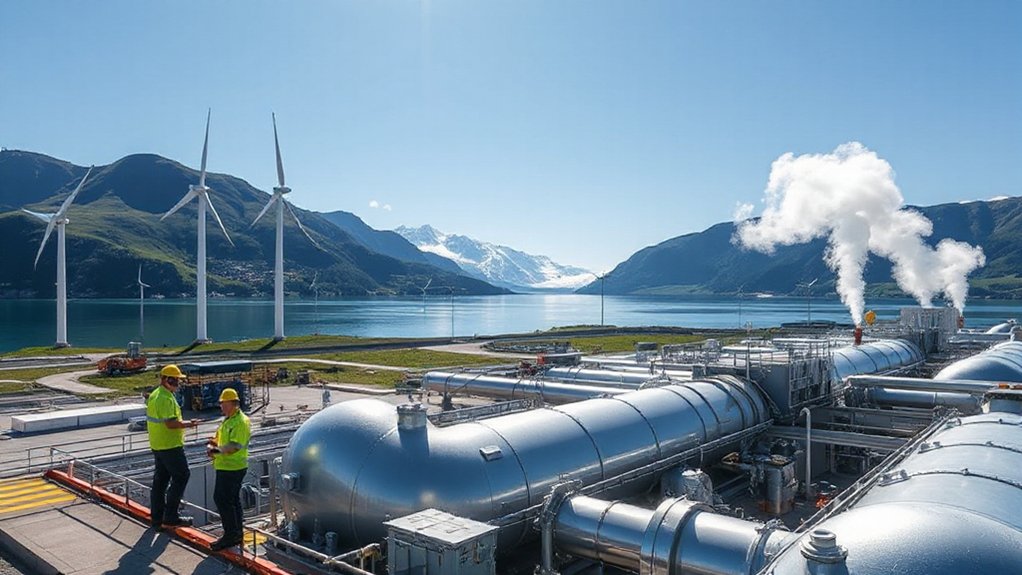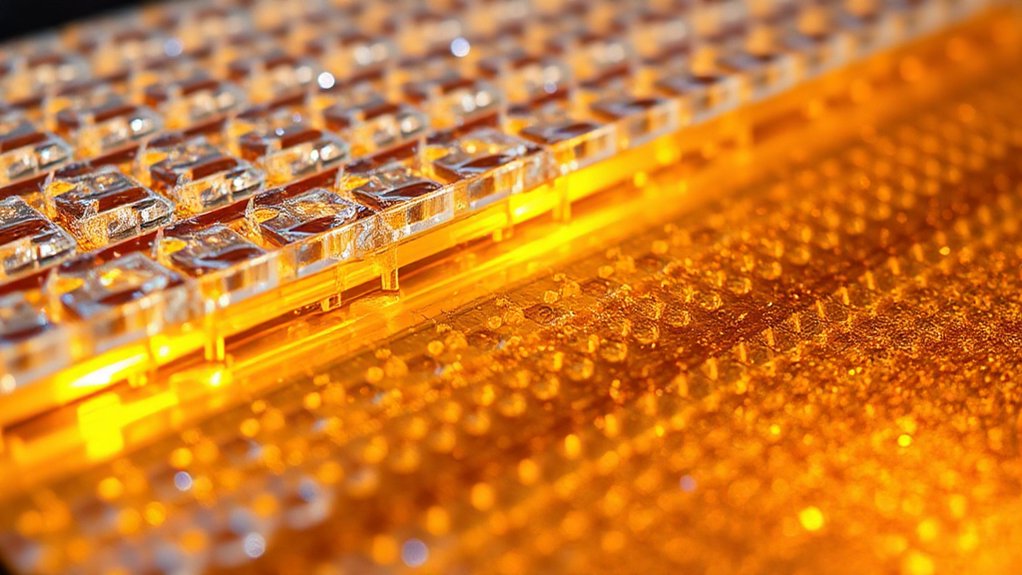The Hale Kuawehi solar project is now lighting up 14,600 homes across Hawaii’s Big Island. This 30-megawatt system pairs solar panels with battery storage that keeps electricity flowing after sunset. It’s a major step toward Hawaii’s goal of 100% renewable energy by 2045. The project reduces the island’s dependence on imported fossil fuels while helping to stabilize electricity prices. What other benefits might this solar transformation bring to local communities?
The Hale Kuawehi solar project is now powering thousands of homes across Hawaii’s Big Island. Located in Waimea on a 300-acre parcel near the Hawai’i Belt Road, the facility began commercial operations on March 25, 2025, and currently provides clean energy to between 13,500 and 16,750 households.
This innovative project features a 30-megawatt solar photovoltaic system paired with a 120-megawatt-hour battery energy storage system. The combination allows Hale Kuawehi to deliver reliable renewable energy day and night, not just when the sun is shining. The facility uses single-axis tracking foundations that move solar panels throughout the day to capture maximum sunlight.
“The battery storage is a game-changer,” explains a project engineer. “It means we can store excess energy produced during sunny periods and release it during peak demand times or after sunset.”
Battery technology enabling around-the-clock clean energy delivery transforms how we harness the sun’s power for consistent grid reliability.
Hale Kuawehi represents a significant step toward Hawaii’s goal of achieving 100% renewable energy by 2045. The project will offset approximately 1.6 million barrels of oil over its lifetime, reducing the state’s dependence on imported fossil fuels and decreasing greenhouse gas emissions.
The facility connects to the Hawaiian Electric grid via a 0.7-mile overhead transmission line. It’s designed to integrate seamlessly with existing infrastructure, helping to stabilize electricity prices for consumers through fixed energy pricing in its 25-year power purchase agreement with Hawaiian Electric. This arrangement benefits from net metering policies that allow excess generated power to be sold back to the utility company.
Developed by Innergex Renewable Energy Inc., Hale Kuawehi is the second solar-plus-battery project on Hawaii Island, where nearly 59% of electricity already comes from renewable sources including solar, wind, geothermal, and hydroelectric power. The island has been a leader in renewable energy for over 25 years, pioneering various sustainable energy solutions.
The project stands as a model for future renewable energy development across Hawaii and beyond. Local officials note that Hale Kuawehi demonstrates how large-scale solar combined with battery storage can provide reliable power while supporting climate goals.
As Hawaii continues its shift away from fossil fuels, projects like this showcase practical solutions for a sustainable energy future.
